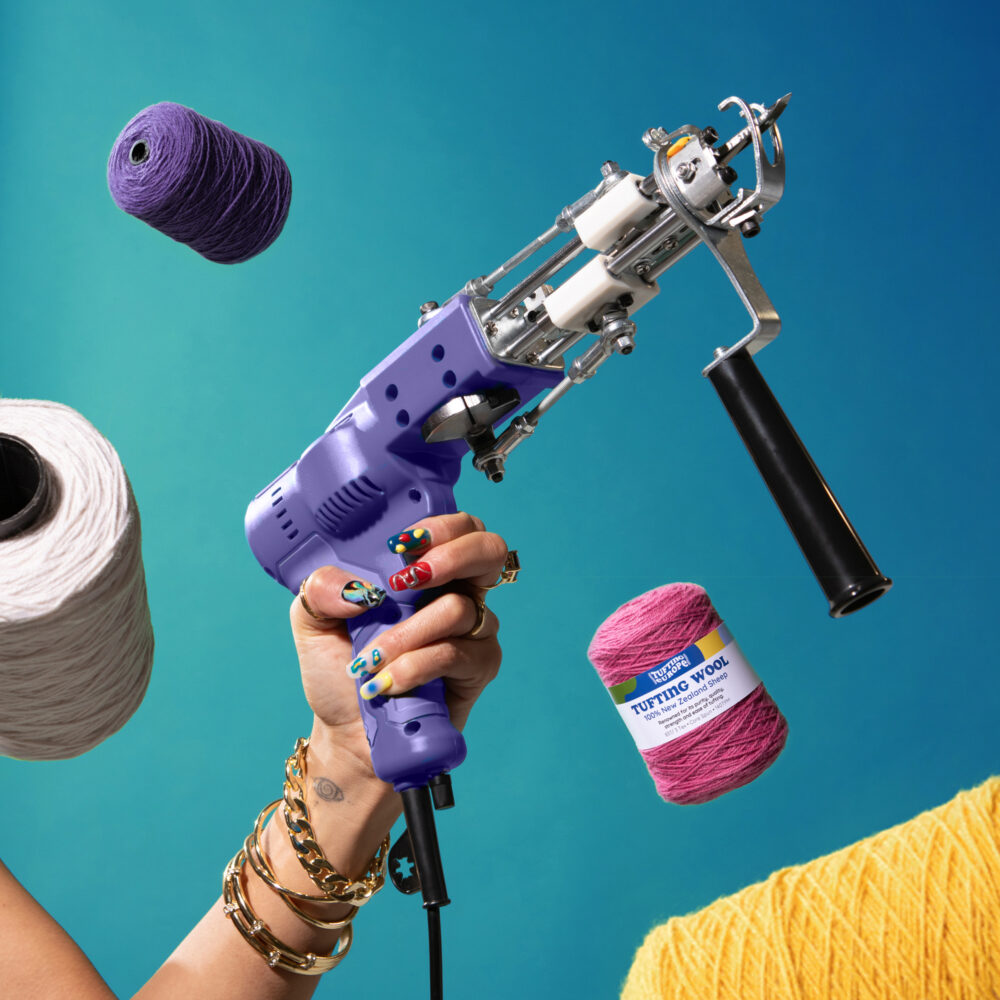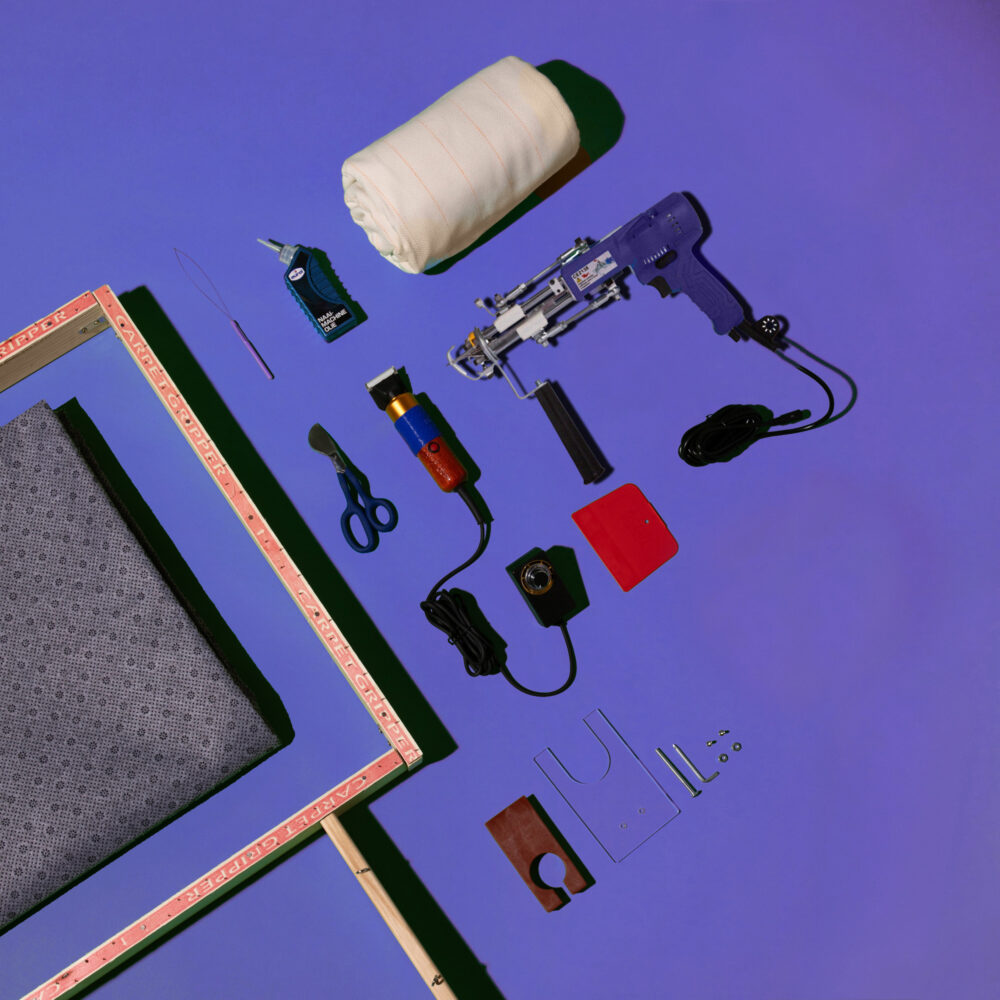Frequently Asked Questions
Where is your store located?
Tufting Europe does not have a physical store you can visit. We do however have a warehouse in Amsterdam. All orders are shipped from there.
The address is:
Johan Van Hasseltweg 12B
1022WW Amsterdam
Netherlands
When will my order be shipped?
Monday to Friday, orders before 12:00 are packed and shipped the same day. Otherwise next business day. Weekend orders are shipped the following Monday.
How do returns work?
Return requested within 14 days of delivery can use our return portal to print out a free return label.
After 14 days, returns are only accepted for warranty cases or repairs. In this case, you will have to pay for the return label yourself.










